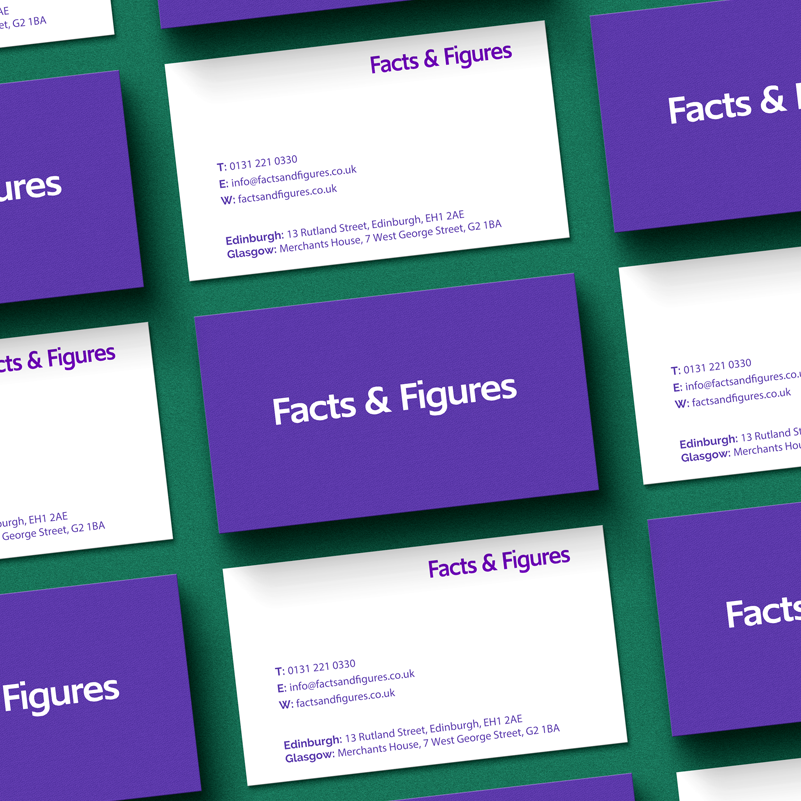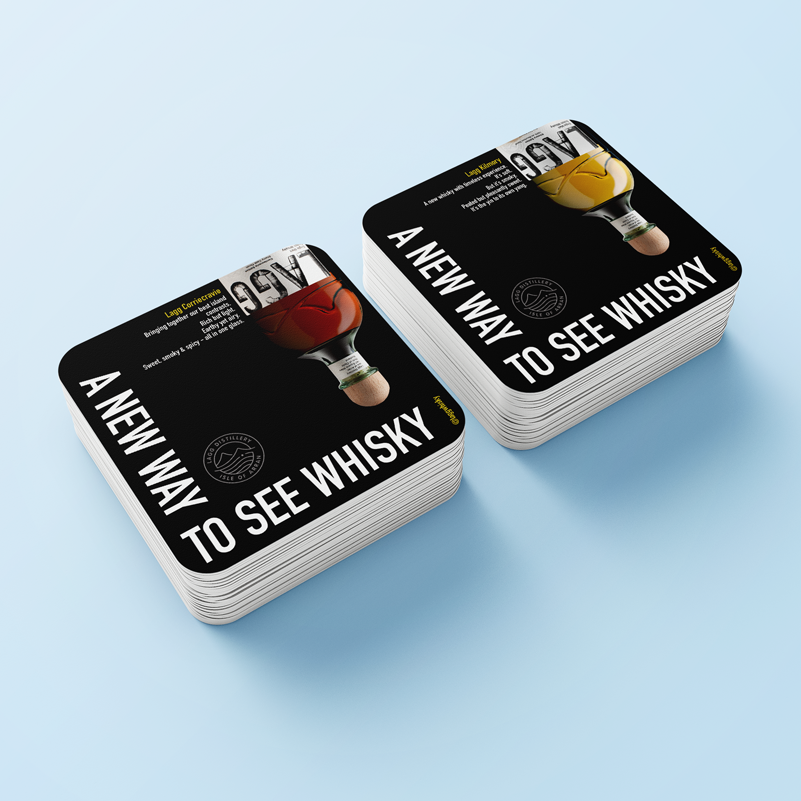In today's hyper-digital world, you might be forgiven for thinking that the humble business card has become an irrelevant relic. Yet, for any serious business in the UK, from a start-up in London to an established firm relying on Aberdeen printing services, a high-quality, Printed Business Card remains one of the most powerful and personal marketing tools you possess. It’s your brand’s tangible handshake.
As an experienced graphic designer and a partner to many business card printers across the country, I can tell you that the difference between a flimsy, forgotten card and one that gets kept in a wallet is down to a few critical decisions.
The Power of Quality and Design
Your business card is a mini-billboard for your brand's quality. It speaks volumes before you even say a word. If you hand someone a card printed on cheap, thin stock, it can unintentionally suggest a lack of quality or confidence in your service. Conversely, a substantial, well-finished card conveys professionalism and reliability.
Choosing the right stock is non-negotiable. We typically recommend a minimum of 400gsm (grams per square metre) for a card that feels weighty and premium in the hand. Beyond that, consider the finish:
-
Matt Lamination: A smooth, subtle finish that adds an elegant, contemporary feel.
-
Gloss Lamination: Makes colours pop and offers a wipe-clean protective layer.
-
Spot UV or Foil: Special finishes that highlight your logo or key text with a high-shine varnish or metallic sheen—guaranteed to make your card memorable.
The design itself is equally crucial. A professional Aberdeen graphic design expert (or a designer closer to your own locale) will ensure your branding is consistent, your text is legible, and your logo is presented perfectly.
I once had a client who insisted on printing their new, vibrant logo on a card that was too thin and chose a cheap, uncoated stock. The colours looked washed out, and the card felt like a throwaway leaflet. We convinced them to reprint on a 450gsm silk stock with a matt finish and a subtle spot-UV on the logo. Within a month, they reported a noticeable increase in positive comments on their cards, which led to a higher rate of follow-up calls. It was a small change, but the perceived value of their business shot up immediately.
Making the right choices for your Business Card Printing is an investment, not an expense.
Finding the Right Print Partner in the UK
When the time comes to order, the quest for the right supplier often begins with a search for printers near me. While a national UK Print Services provider can offer competitive pricing for bulk orders, there’s immense value in a local partner, especially if you're looking for specialist help with Aberdeen printing or custom finishes.
A local business card printers firm, like many of the experienced Aberdeen Printers, can offer a personal touch:
-
Artworker Check: They’ll check your design file for common errors like incorrect bleed or low resolution before they hit print.
-
Proofing: You can often view a physical proof in person, guaranteeing you love the finished product.
-
Relationship: Building a relationship with a local print shop means they understand your brand, making repeat orders quick and easy.
Look for a reliable UK Print Services provider that offers pre-press checks. This small step ensures your design is ‘print-ready’ and saves you time and money on potential reprints.
Essential Business Card Best Practice and Technical Requirements
The difference between a flawless print run and a costly mistake usually comes down to meticulous file preparation. Getting your artwork 'print-ready' is the final, essential step in the Business Card Printing process.
1. Colour Mode: CMYK vs. RGB
This is the most critical point. Screens (monitors, phones) use RGB (Red, Green, Blue) light to display vibrant colour. Commercial printing presses use CMYK (Cyan, Magenta, Yellow, and Key/Black) inks.
-
Rule: Your artwork file must be set to the CMYK colour mode.
-
Warning: If you design in RGB and send it to print, the printer will automatically convert it to CMYK. This can lead to certain bright colours (especially vivid blues and greens) appearing dull or 'muddy' when printed. Always start your design in CMYK to control the final colour output.
2. Resolution: Clarity is Key
Resolution defines the clarity and sharpness of your images and graphics.
-
Rule: All raster images (like photos or rasterised logos) must be at least 300dpi (dots per inch) at the final printed size.
-
Warning: Images pulled from the web are usually 72dpi, which looks perfectly fine on a screen but will appear fuzzy, jagged, or 'pixelated' when printed.
3. Bleed and Safe Zone: Avoiding the White Edge
Professional printing involves cutting large sheets of paper with extreme precision, but slight movement (or 'tolerance') is always a factor.
| Term | Requirement | Purpose |
| Bleed | Typically 3mm on all four sides. | This is an extra margin of your background colour or image that extends beyond the final cut line. If your card design runs to the edge, the bleed ensures that when the card is trimmed, you don't end up with an unsightly, thin white line along the edge. |
| Trim Line | The actual, final card size (85mm x 55mm in the UK). | This is where the guillotine will cut. |
| Safe Zone | 3mm inside the trim line. | All essential content (text, logos, phone numbers, email) must be kept inside this area. This prevents them from accidentally being trimmed off or looking uncomfortably close to the edge. |
The total document size for a standard UK business card with bleed should be 91mm x 61mm.
4. Fonts and File Format
To avoid delays or font substitutions:
-
Fonts: Embed all fonts into your PDF, or better yet, convert all text to outlines/curves. This turns the text into vector shapes, guaranteeing the text prints exactly as designed, even if the printer doesn't have your specific font installed.
-
File Format: Supply your artwork as a high-resolution, single-page PDF (PDF/X-1a is ideal).
A well-executed Printed Business Card is an affordable investment that continues to pay dividends long after the networking event is over. Choose quality, partner with a good printer—whether you use Aberdeen printing or another trusted UK Print Services firm—and you’ll ensure your brand’s first impression is a lasting one.
FREQUENTLY ASKED QUESTIONS (FAQ)
Q1: What is the standard size for business cards in the UK?
The standard UK business card size is 85mm x 55mm. This is the same size as a typical credit or debit card, ensuring it fits perfectly into wallets and standard card holders. Always check with your business card printers for their exact specification, especially regarding the bleed area.
Q2: What paper thickness (GSM) should I use for quality Printed Business Cards?
For a professional feel, we strongly recommend a minimum card stock thickness of 400gsm. Anything lower can feel flimsy. Premium options, often around 450gsm or even higher for special stocks like multi-layered cards, offer a truly luxurious and durable finish that makes an instant impact.
Q3: Is it better to find printers near me or use a large national UK Print Services provider?
Both have merits. Searching for printers near me (e.g., Aberdeen Printers) often gets you a more personal service, quicker local collection, and hands-on help with design file checks from a local Aberdeen graphic design expert. Large national providers offer competitive bulk pricing. For quality and service reliability, a local, experienced firm often wins.
Q4: What is 'bleed' and why do I need it for Business Card Printing?
Bleed is the extra 3mm of your design that extends beyond the final trim edge (85x55mm). It is essential because it accounts for the tiny movements that occur when the card is cut, ensuring that your background colour or image runs perfectly to the edge without any white, unprinted slivers showing.
Q5: Should I use a matt, gloss, or Spot UV finish on my cards?
Matt Lamination offers a modern, non-reflective, and sophisticated feel—great for corporate or minimalist brands. Gloss Lamination provides a high-shine finish, making colours more vibrant and offering greater durability. Spot UV is a clear, glossy finish applied to specific elements (like a logo or text) over a matt base, creating a subtle contrast that's both tactile and premium. Your choice should align with your brand identity.
Q6: What is the most common mistake people make when preparing a file for Aberdeen printing?
The single most common mistake is not converting the design from RGB (the screen colour model) to CMYK (the print colour model). This leads to colours looking dull or different from what was expected on screen. Always ensure your artwork is set to CMYK and all image elements are at least 300dpi.
Posted by By Jenny on 12th Nov 2025






